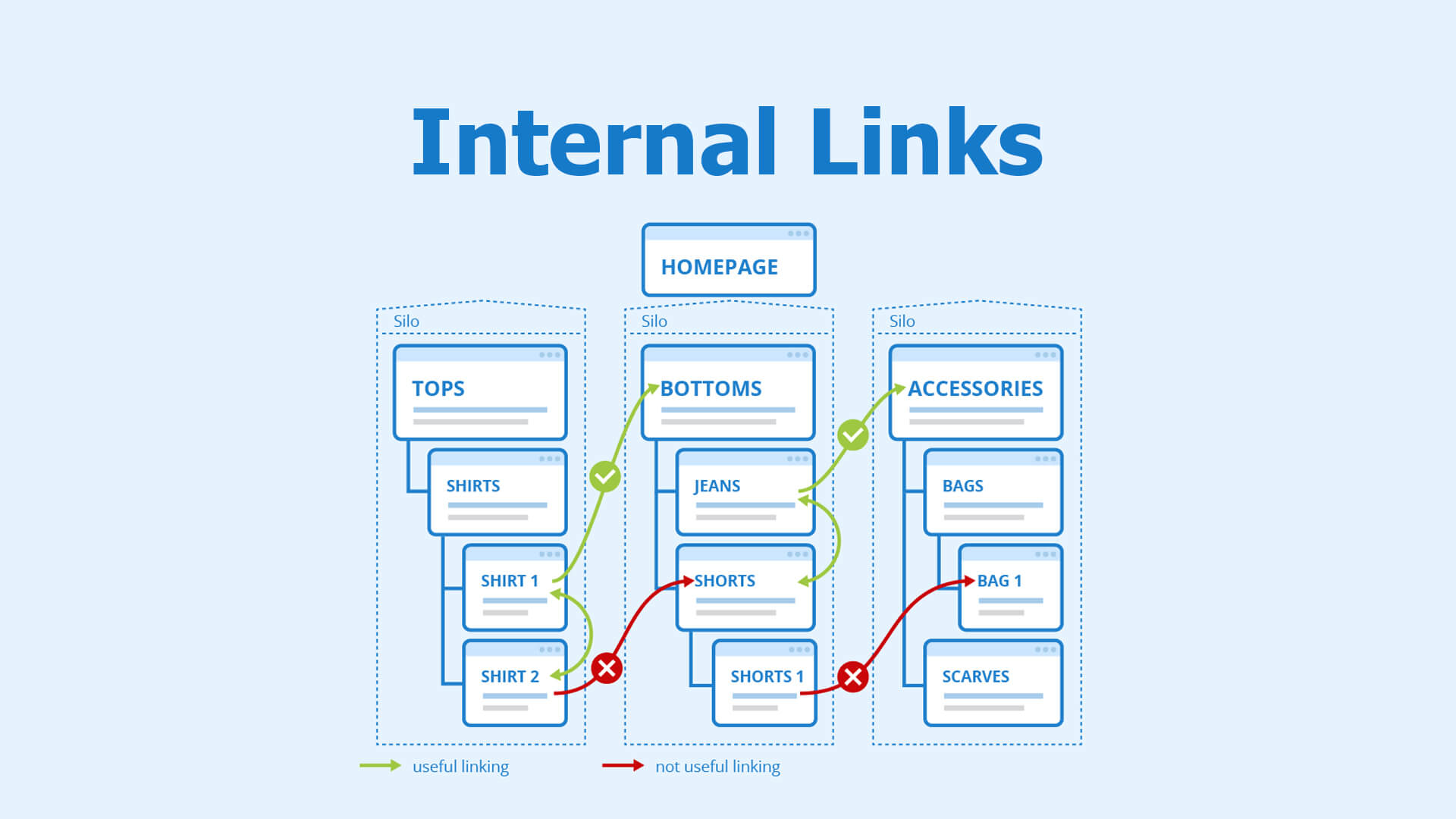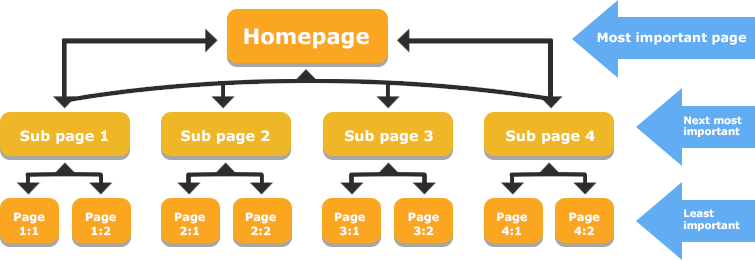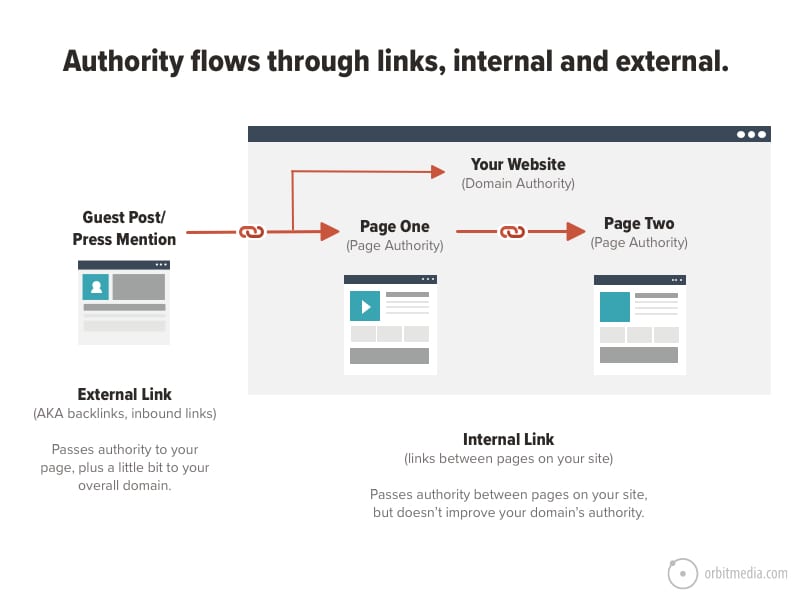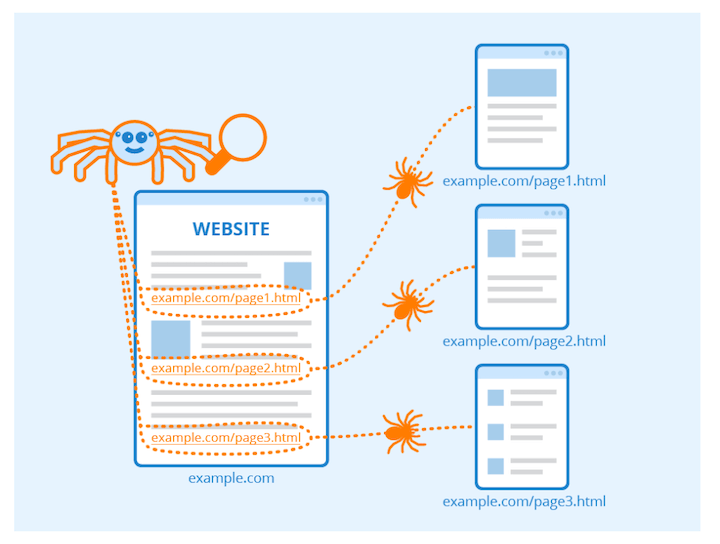Have you ever wondered why some websites seem to effortlessly dominate search rankings and guide visitors smoothly from page to page? The secret sauce often lies in something deceptively simple: internal linking. But why is internal linking so important for SEO, and how can you leverage it to improve your website’s performance? This guide breaks down everything you need to know, from the basics of internal links to the advanced strategies the top SEO professionals use. By the end, you’ll understand exactly why internal linking is important for SEO and how to implement the best practices that work in 2024.
What is Internal Linking and Why Internal Linking is Important for SEO?
Before diving into the “why,” let’s clarify what internal linking means. An internal link is any hyperlink that points to another page within the same website or domain. Unlike external links, which connect your site to others, internal links help users and search engines navigate your site, find relevant content, and understand your site’s structure.

When you link from one of your blog posts to another relevant article, that’s an internal link. Think of your website as a city, with roads (internal links) connecting neighborhoods (pages) — the easier it is to get around, the happier your visitors and search engines will be.
Types of Internal Links
Internal linking isn’t just about drop-down menus or sidebars. There are several types:
- Navigation links – Menus and other navigational elements.
- Contextual links – In-content links, like the one you just clicked.
- Footer links – Links in the footer, often used for legal, privacy, or contact info.
- Image links – Images that link to other internal pages (be sure these use optimized alt text for SEO).

Why Internal Linking is Important for SEO? (Core Benefits)
Now, let’s get straight to the crux: Why internal linking is important for SEO and how it directly fuels your rankings, user experience, and site authority. Drawing on leading research from Yoast, Moz, SEMrush, Backlinko, and SEOClarity, here are the most crucial benefits.

- Improved Crawlability: Search engines like Google use bots (crawlers) to discover and index your content. Internal links guide these bots to new or deeper pages, ensuring nothing important gets missed. [Source: Moz]
- Enhanced User Experience: Relevant links help users easily navigate to related topics, reducing bounce rates and increasing time-on-site.
- Distributes Page Authority (Link Juice): Internal linking allows you to pass “link equity” from your high-authority pages to other key posts or pages, boosting their SEO power.
- Establishes Content Relevance & Topical Authority: Linking related content signals to search engines that your site covers a topic comprehensively, enhancing site-wide relevance.
- Increases Conversions: Strategic links can guide users toward your conversion pages, such as product pages or contact forms.
- Prevents Orphan Pages: Ensures all important content is both accessible and indexable, reducing the risk of valuable pages being ignored.

The bottom line: Effective internal linking is a cornerstone of successful SEO because it helps both users and search engines find, value, and understand your content.
Examples of Strong Internal Linking
Let’s look at how successful sites use internal linking for massive SEO advantage — and how you can, too.

- Pillar Pages & Topic Clusters: A central, comprehensive “guide” page (pillar) links out to related, in-depth sub-articles. Each sub-article then links back to the pillar and possibly to each other, forming a topical cluster. This makes it easy for both users and Google to navigate and understand depth.
- Contextual Anchor Text: Instead of generic words like “click here,” effective linking uses descriptive phrases (e.g., “SEO content writing tips”) that target relevant keywords, boosting context.

- Linking to Money Pages: E-commerce sites often link from blog posts to product or category pages, directing traffic strategically to their highest-value pages.

Check your own site: Where can you add or improve internal links to pass authority and guide users efficiently?
How to Build an Effective Internal Linking Strategy (Step-by-Step)

Ready to create an internal linking structure that Google loves? Here’s a proven step-by-step blueprint adapted from best industry practices:
- Map Your Content: Use a spreadsheet or tools like Screaming Frog to audit all pages and categorize them (pillar, supporting, conversion, orphan).
- Identify Key Pages: Pinpoint your most important posts and high-converting pages. These should get the most internal links.
- Create Topic Clusters: Organize articles into themes and link related posts under a main “pillar” page.
- Optimize Anchor Text: Use descriptive, keyword-rich phrases, but avoid over-optimization (keep it natural and varied).
- Add Contextual Links: Within relevant content, link to other blog posts, guides, or resources naturally where it benefits the reader.
- Fix Orphan Pages: Make sure every valuable page gets at least one internal link from elsewhere on your site.
- Monitor Crawling: Use Google Search Console and site audit tools to ensure all important pages are being indexed.
- Review and Update: Regularly add new internal links when updating existing content and audit for broken links to maintain a healthy structure.

Don’t just set it and forget it. Internal linking is an ongoing process, especially as you publish new content or update your site structure.
Best Practices for Internal Linking in 2024
- Keep links relevant and natural to the user.
- Use varied but descriptive anchor texts.
- Don’t overlink a single page; spread internal links logically.
- Prioritize giving links to your most valuable or newest content.
- Balance between user experience and SEO – always add links that would help your real visitors.

Common Challenges and Misconceptions with Internal Linking

Despite its simplicity, internal linking is frequently misunderstood or poorly implemented. Here’s what often goes wrong:
- Too many links per page: Google may ignore them if your page is stuffed with hundreds of links.
- Irrelevant or forced linking: Don’t add links just for SEO – always make sure each link helps the reader.
- Same anchor text everywhere: Over-optimized anchors look spammy; use a variety of descriptive phrases.
- Neglecting old content: Older posts need fresh internal links to stay visible and relevant.
- Orphaned content: Valuable pages that have no internal links won’t get crawled or ranked easily.
- Assuming navigation links are enough: Top-ranking pages use plenty of contextual, in-post internal links.
Remember, proper internal linking isn’t about tricking search engines. It’s about structuring your site for both users and bots.
FAQs: Internal Linking and SEO
1. Why internal linking is important for SEO?
Internal linking improves your site’s crawlability, distributes authority, establishes content relevance, helps users navigate, and boosts the ranking power of your most important pages.
2. How many internal links should a page have?
There’s no set number, but most SEOs recommend 5-10 relevant, high-quality internal links per 1,000 words. Prioritize quality over quantity.
3. What’s the difference between internal and external links?
Internal links connect pages within your own site, while external links point to pages on other websites. Both are important, but internal links control how users and bots move through your site.
4. Should every page have internal links?
Ideally yes! Every important page should both link out to and be linked from other relevant pages to maximize visibility and SEO value.
5. Does anchor text matter in internal linking?
Absolutely. Use descriptive, relevant anchor text to help search engines understand what the linked page is about — but keep it natural.
6. What are orphan pages and why are they bad for SEO?
Orphan pages have no internal links pointing to them, so they’re hard for bots and users to find. This can prevent important content from ranking or being indexed.
7. Is there a risk of over-optimizing internal links?
Yes. Using the same anchor text too often or flooding your site with links can look spammy and dilute SEO value. Balance is key.
8. How do I manage internal linking on large websites?
Use a site audit tool (like Screaming Frog, Ahrefs, or SEMrush) to visualize your link structure, identify gaps, and ensure every valuable page is well-connected.
9. Should I update old posts with new internal links?
Definitely. Updating older content with fresh links to your latest articles is a powerful (and often overlooked) way to boost SEO and user engagement.
10. Can internal linking affect bounce rates and conversions?
Yes! Well-placed internal links guide users on their journey, keeping them on your site longer and leading them toward your most valuable pages or offers.
Conclusion: Why Internal Linking is Essential for Your SEO Success
To recap, internal linking is the silent powerhouse behind site structure, crawlability, user experience, and SEO authority. By thoughtfully linking relevant pages and maintaining a logical web of connections, you:
- Help search engines find, index, and evaluate your best content
- Distribute link equity to the pages that matter most
- Create a seamless, valuable journey for every visitor
- Boost your overall search rankings and conversion rates

Don’t let your site’s best content get lost or ignored. Make a plan today to audit your current internal links, add strategic new ones, and revisit your linking structure regularly as your content grows.
Still have questions about why internal linking is important for SEO or want a free SEO audit? Visit our homepage, explore more expert advice, or get in touch for hands-on help.
Primary Keywords Used: why internal linking is important for SEO, internal linking, internal, important, linking, internal linking strategy, SEO, link equity, crawlability, anchor text, topical authority, orphan pages, link juice, on-page SEO, content structure, conversion, ranking, Google’s bots, user experience, indexation, contextual links, pillar pages, navigation, authority, site architecture, update old posts, best practices, internal links, content clusters, topic clusters, crawl, distribution, relevance
Long-Tail Keywords Used: how to structure internal linking, best anchor text for internal links, what is link juice, internal linking for ecommerce, how many internal links per page, internal linking tips 2024, update internal links on old posts, internal linking for crawl budget, SEO audit for internal links, internal linking for high authority pages, content clusters SEO, topical relevance internal linking, Google index internal links, fix orphan pages, internal links vs. external links, how to create topic clusters, internal linking and conversions, SEO tools for internal links, internal linking wordpress, internal linking examples
Remember: The best time to boost your internal linking is right now. Your SEO success depends on it!
